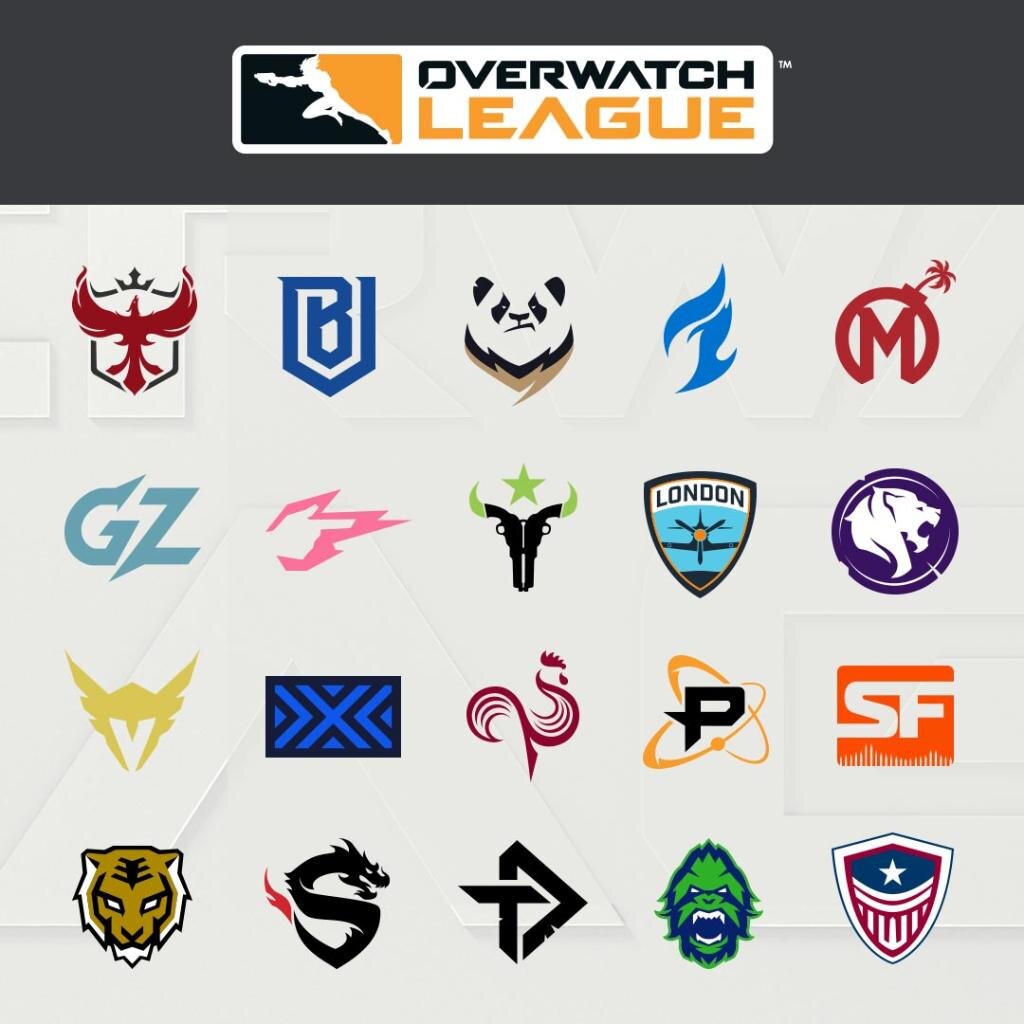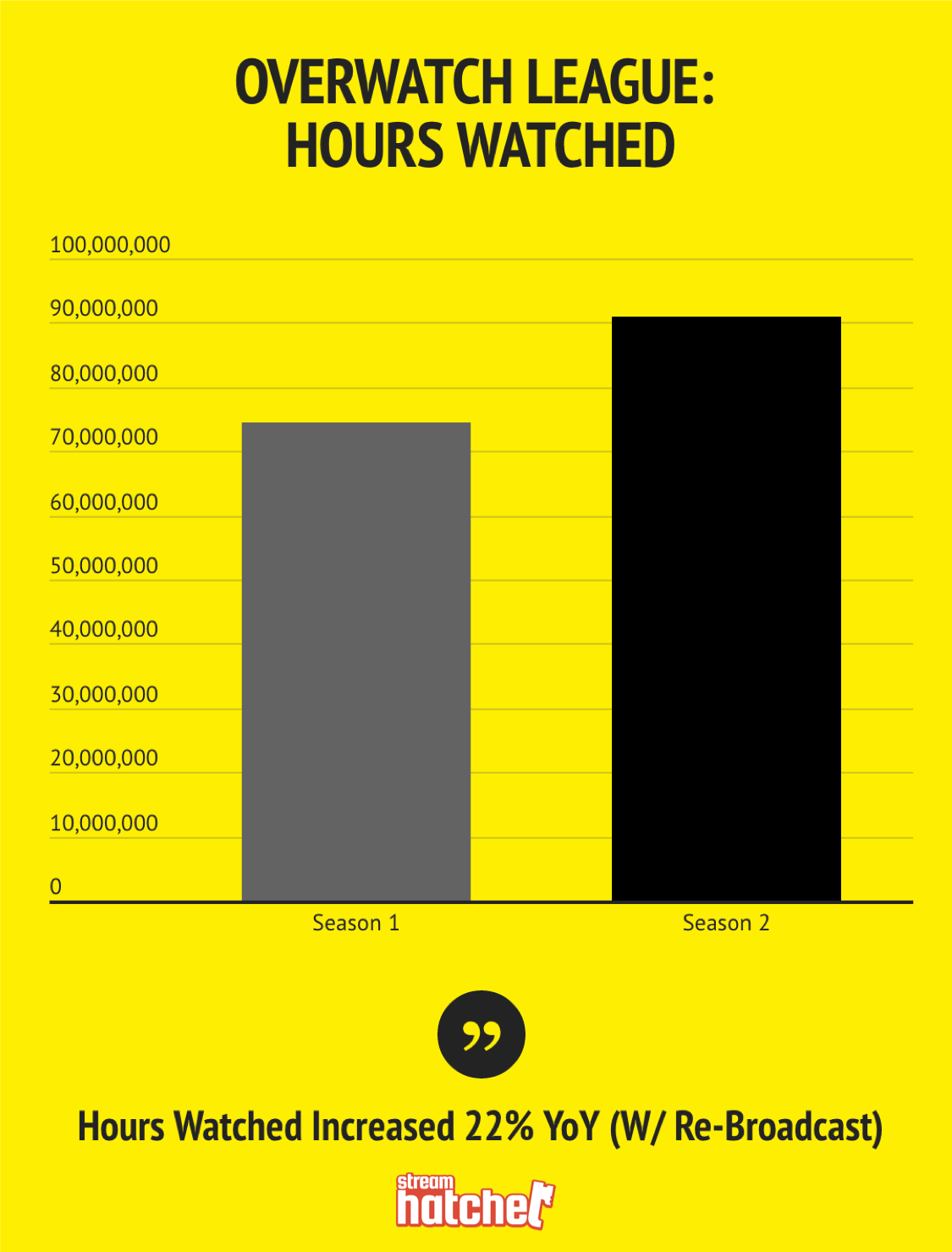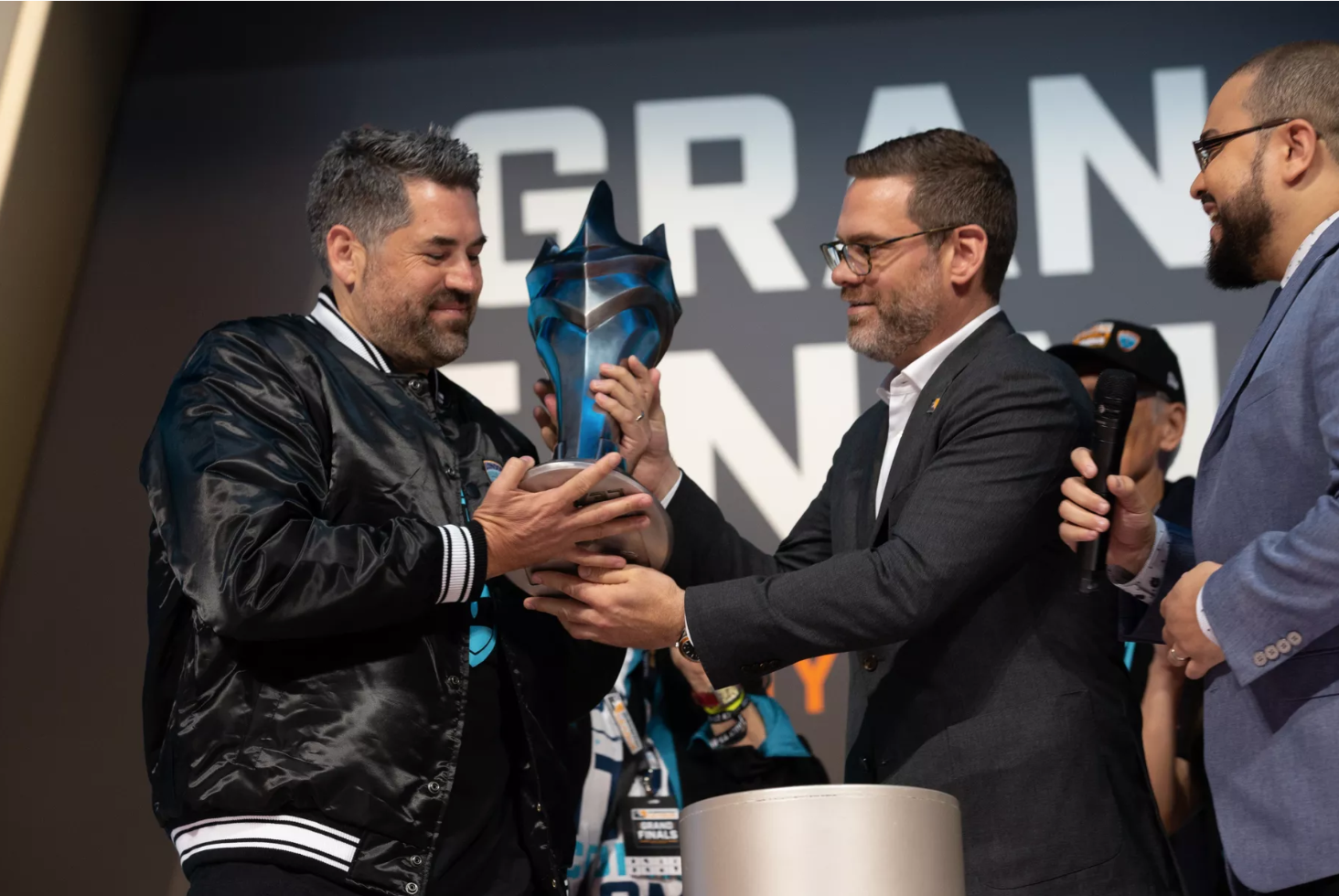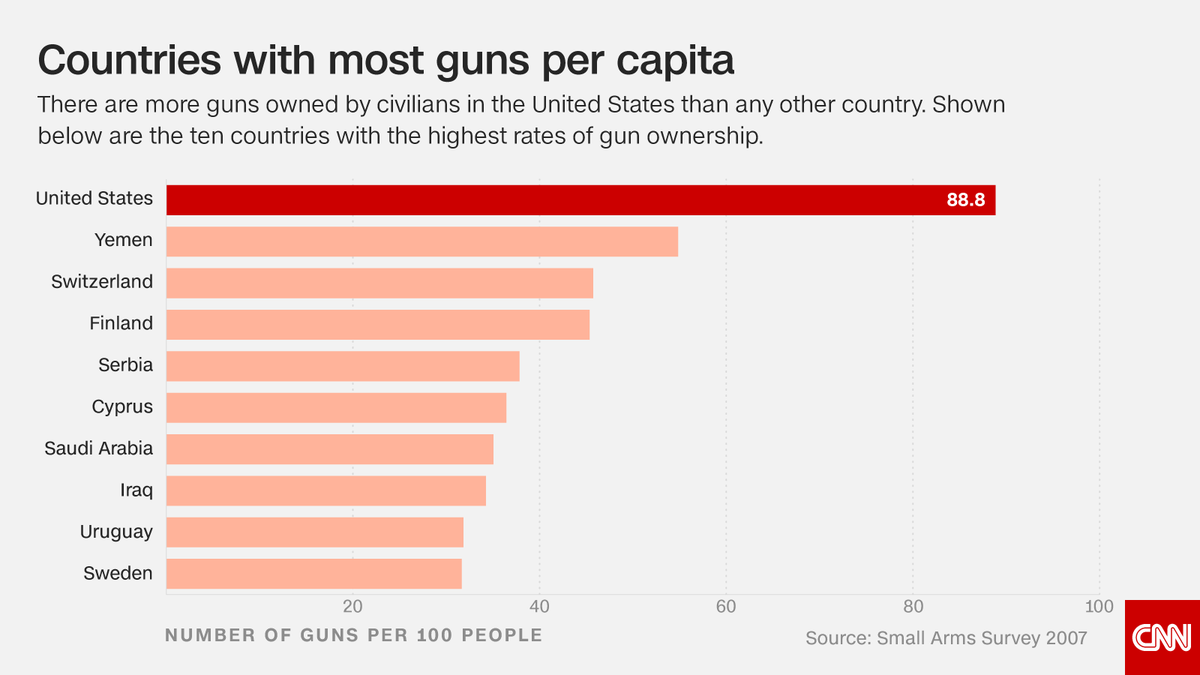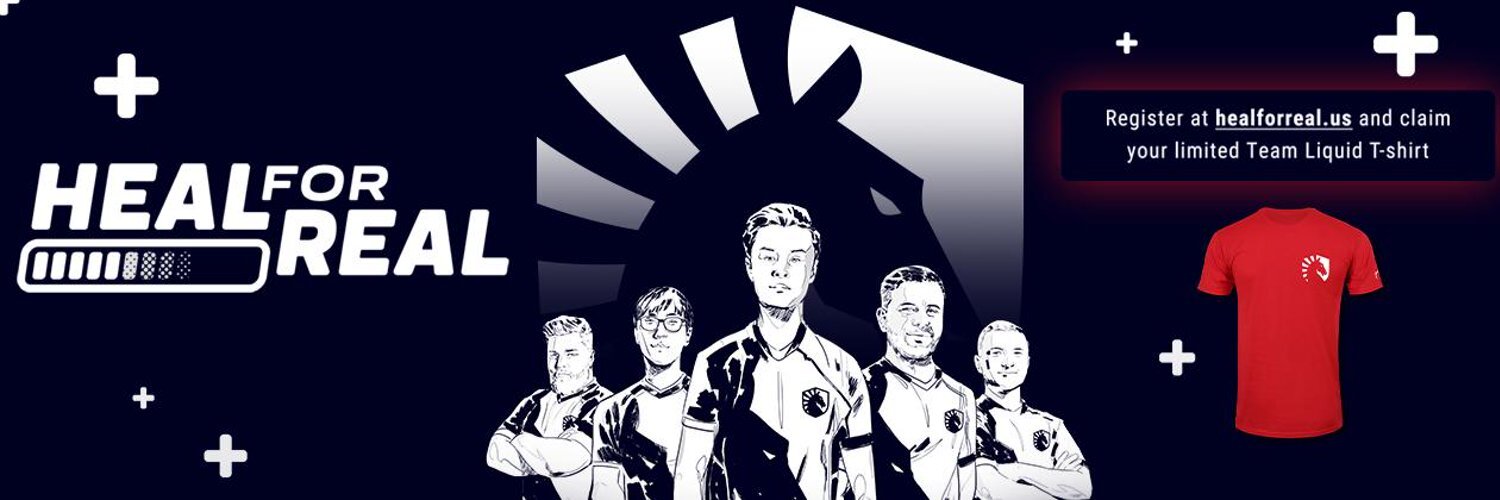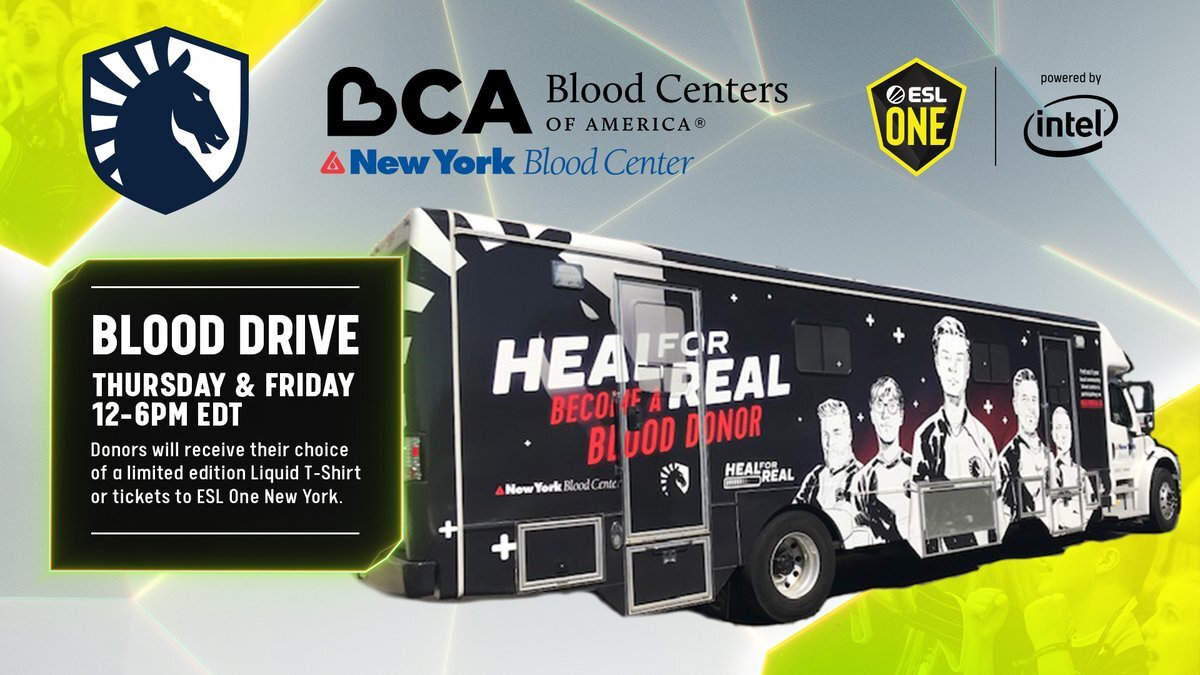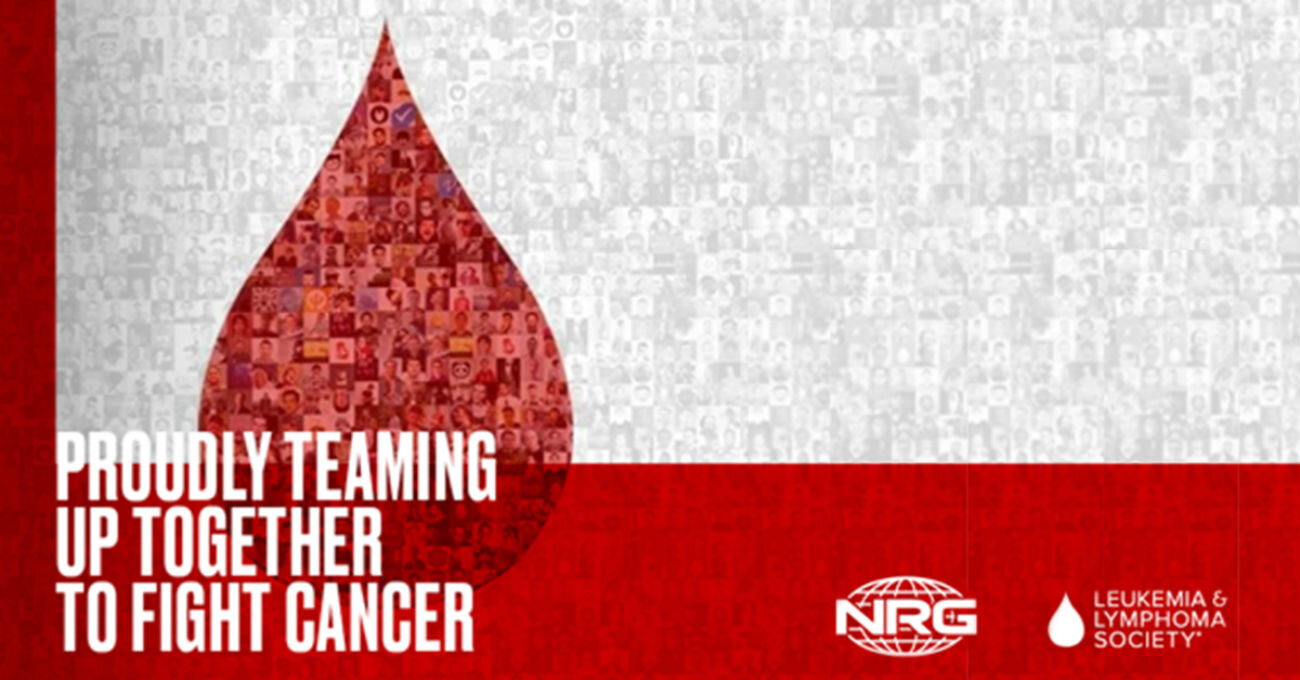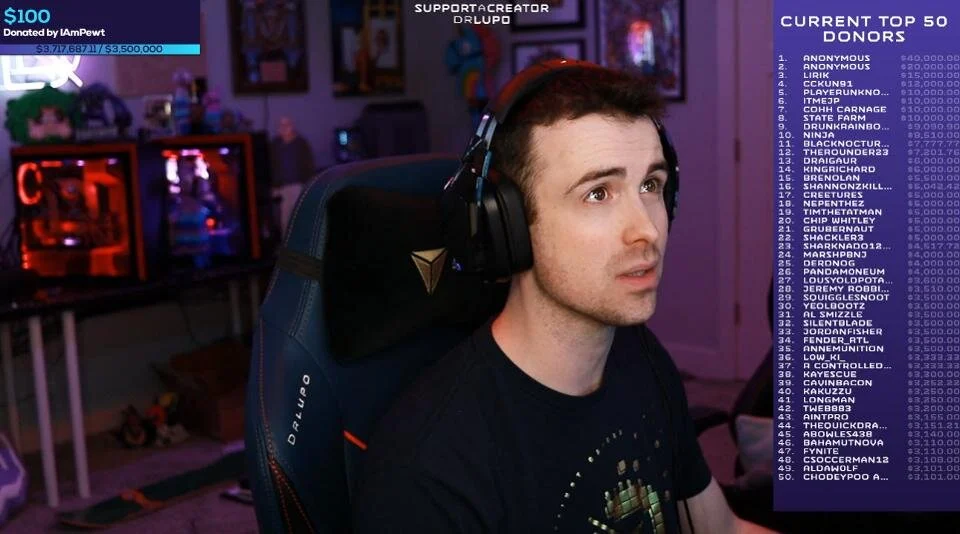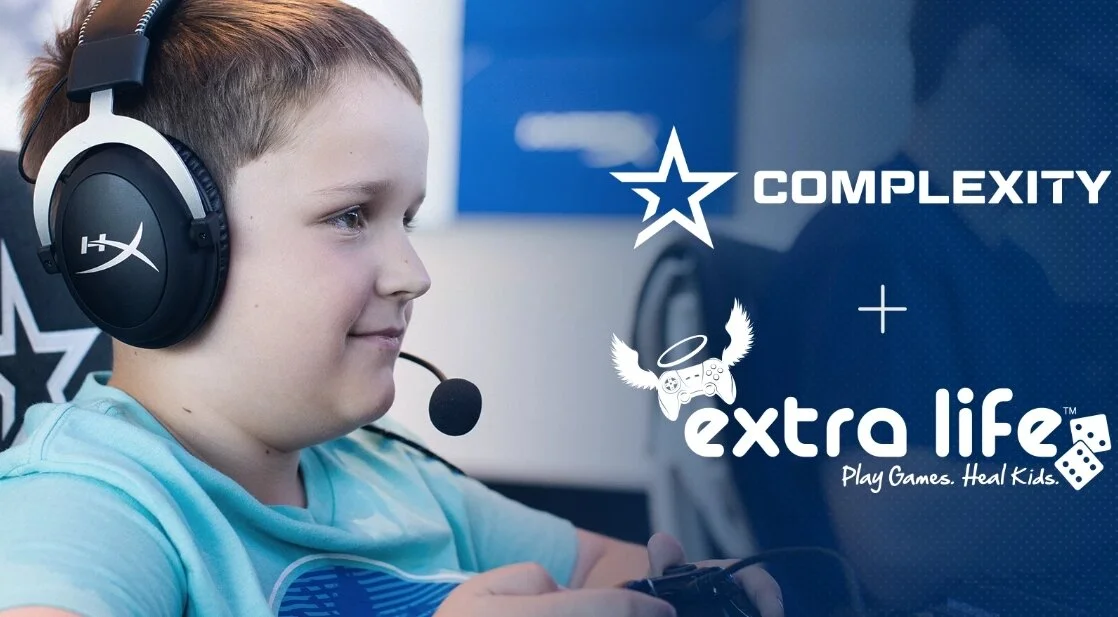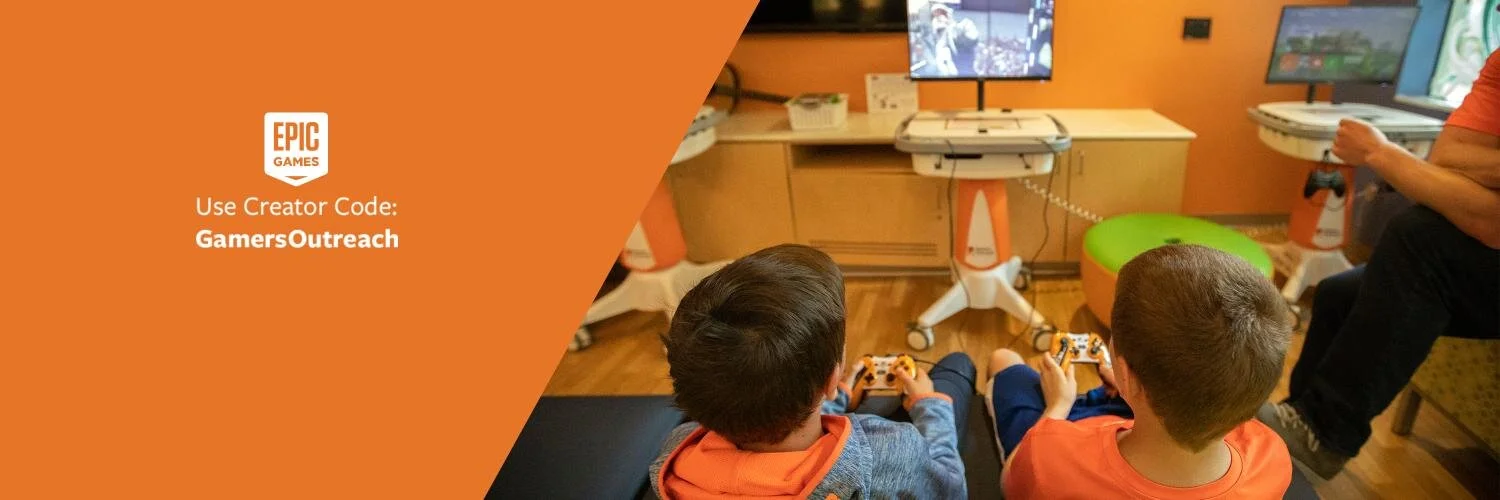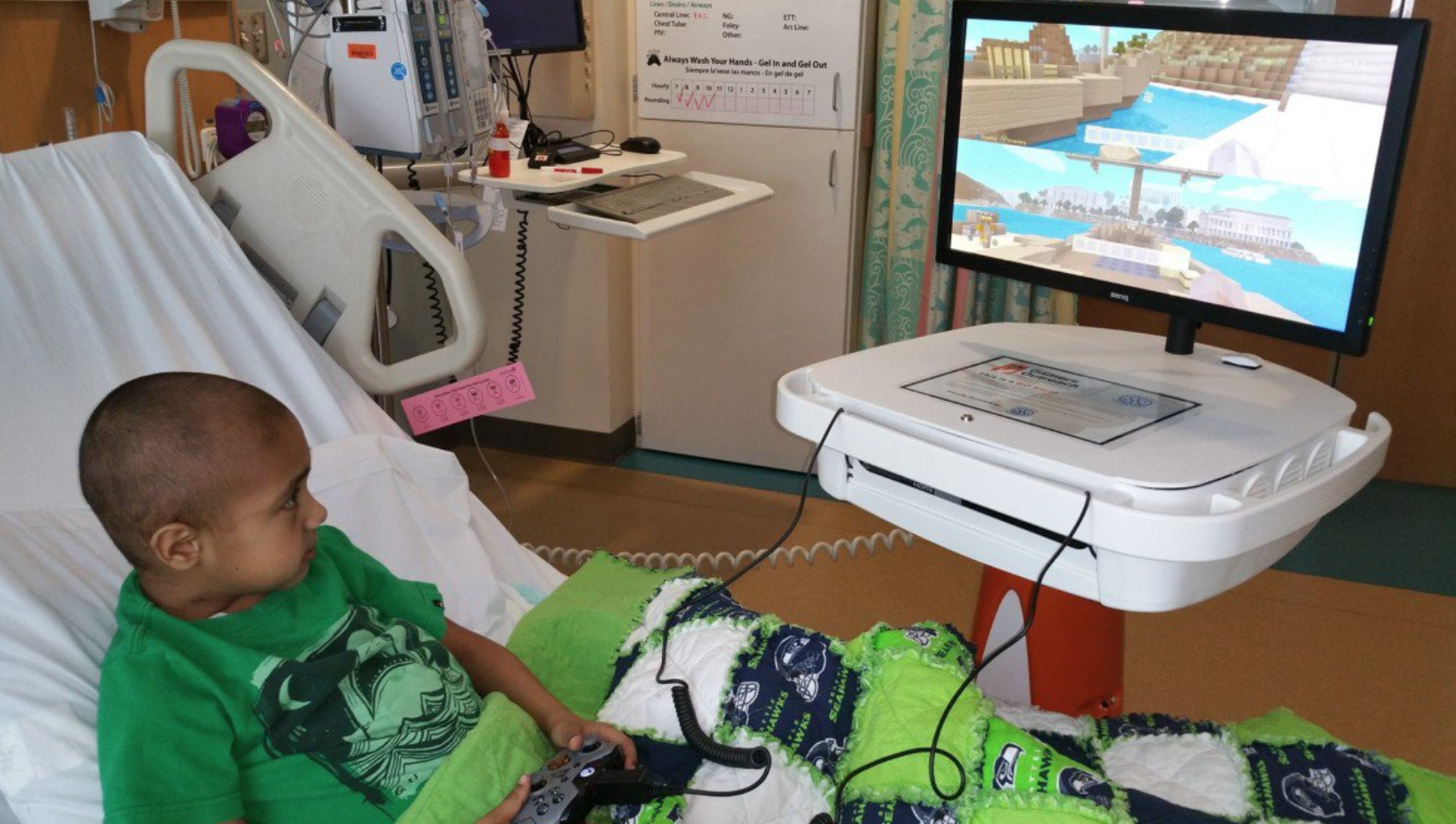TNL Take: Almost 4 years ago to the day, I wrote my 2nd article ever on esports called ” In Game Advertising: Failure or Future?”. The TL/DR was a review of the various platforms that gaming and advertising have converged (Static and Dynamic advertising, social games, mobile, retail and the future opportunities within esports and influencers.)
How times have changed.
For example, there were a total of 50 Non-Endemic brands that spent within esports for all of 2016.

(Image: The Next Level)
Fast forward to 2019 and we are sometimes seeing 25 brands investing per quarter.
While we have seen a vast increase in the number of brands partnering with esports teams, franchised leagues, events, colleges, and centers/arenas - they tend to follow within 2 main categories: sponsorships and media.
I wanted to examine the companies in the space that were taking the esports brand opportunity further and have broken them down into 2 categories: Dynamic Advertising and Influencer Networks.
Let’s take a look.
DYNAMIC ADVERTISING

(Image: Anzu.io)
Adverty: Niklas Bakos, CEO and Co-Founder
Anzu: Itamar Benedy, CEO and Co-Founder
TNL: What opportunity did you see in the market?
[Adverty] In 2015 I saw several opportunities for a new ad format to enter the space of gaming and apps on all platforms, from VR and smart glasses where calculations have to be done for your whole field of vision, down to the screen of mobile and console/PC gaming. I believe our way of doing seamless advertising is the only proper way to advertise brands in XR and for the current platforms it offers a truly unique way for advertisers to reach their audiences; at the same time as it gives publishers the possibility to monetize 100% of the gameplay.
[Anzu] I teamed up with Ben Fenster and Michael Badichi to form Anzu as a new-age platform for both advertisers and game developers. We three come from a long history of working in the ad tech and gaming space and we understood the pain points of the industry; backed up by numerous conversations with advertisers and game developers. If we look at the performance of video gaming industry last year, it generated $43 billion in revenue. Yet, the lack of scalable tech combined with no cutting-edge solutions kept the advertiser interest low so far. We wondered how we can access the market of 2.4 billion gamers and make it attractive for both brands. We aimed to bridge this gap and created a sophisticated cross-platform solution that brings real-world ads through blended in-game advertising and offers a new revenue stream for game publishers.
TNL: This is not a new idea (I worked at Massive Inc. 10 years ago where we pioneered in-game advertising) - what’s different now?
[Adverty] A couple of reasons why seamless advertising didn't work for Massive about 10 years ago. First of all, gaming wasn't free-2-play, hence the reach wasn't large scale enough for brands to properly care about the opportunity. Second, publishers of premium games aren't that keen on adding sponsored content to their audience as they usually believe it could lower the quality of their premium product. We still hardly see any advertising at all in non-F2P-games. Last, and what people tend to forget, the technology simply wasn't there ten years ago. At Adverty we've built a product and an ad server that is of absolute state-of-art, delivering more data on a day-to-day basis than e.g. LinkedIn, using the latest technologies in highly scalable distributed systems.
[Anzu] That’s absolutely true! It’s all about being in the right place at the right time - and we believe the time is now! Today’s gamers are not teenagers who hang out together in the basement, rather they have evolved into sophisticated audiences of all genders, ages and income levels. This has changed the mindsets of brands and given birth to a new face of gaming. In addition to this, esports is becoming a massive phenomenon that needs more sponsorship options to grow further. We are striving to create a new world for this phase of in-game advertising through our product innovation. Our programmatic offerings make in-game advertising scalable. Our first-ever ad-verification solution for console gaming, launched with Cheq, brings ad viewability and brand safety - a must for advertisers to say “yes” to gaming. We are also working hard to build a solid cross-platform technology operating not only on mobile, but also on PC and Console.
TNL: While this works well for real-world games (Sports, Racing, FPS), what opportunities do you see in larger esports titles that are vastly different, for example League of Legends?
[Adverty] Seamless in-game advertising is a great fit for many gaming titles and genres, although probably not something that can or should be used in every game out there. As the format requires thoughtful game design involvement, there are obviously artistic workarounds to make seamless ads work in more scenarios and contexts than the most obvious ones.
[Anzu] From the Mad Men days, brands have wanted to be associated with pop culture. The success of PokemonGo was a watershed moment in the status of gaming as a leading entertainment platform. The majority of popular game titles - like League of Legends and Fortnite - are not just games any more, rather than brands themselves and they are leading the way young audiences interact with these titles. In turn, this means, brands and game developers are pushing the envelope in the way they want to make connections with people. Brands like Nike also took to gaming when it gave the players of Fortnite a chance to play in a pair of Air Jordan 1 trainers and unlock exclusive skins and skateboard sprays.
There are plenty of opportunities for brands and it would depend on what kind of creatives are developed to explore these opportunities and turn them into attractive and unique ways to reach new audiences. Of course, it also means that game developers need to be open to new ways of cooperating with the brand.
TNL: What exclusive inventory do you currently have? What brands have used the platform to date?
[Adverty] As a publicly listed company we can only talk about the partnerships officially announced. We were the first company to bring seamless ads to games and have been active in the VR/AR space since 2017. Our most significant launch to date in terms of scale is Critical Ops, one of the leading mobile esport titles with over 1 million daily active users. Compare that to a decent console/PC title that usually peaks around 50,000 at best. Mobile brings the reach the brands are looking for when entering this new space. We are working directly with the largest agencies in the world to offer seamless advertising to their most innovative brands. Large advertisers and brands such as Coca-Cola, Angry Birds, Red Bull, Lenovo, Unilever, Asus, Mozilla and PlayStation have already jumped onboard and through our programmatic delivery more than 2,000 brands have bought seamless ad space in our platform already.
[Anzu] In a short time since we began operations, Anzu has forged strategic partnerships that give brands access to premium games and reach hard-to-reach audiences. Whether it is casual mobile and hardcore PC gamers, esports enthusiasts, VR users, we are working relentlessly to empower top-tier game developers to partner with Fortune 500 brands. A good example is our pilot with Turner.
TNL: Are you running your own programmatic platform or connecting to other DSP’s?
[Adverty] Yes, our platform is fully IAB compliant and we are pushing seamless advertising through IAB as the first company in the category to receive the precious IAB Gold certificate. We have built and run our own ad server to deliver programmatic OpenRTB 2.3+ as our own SSP or connected to leading SSP and DSP partners in the space.
[Anzu] Actually, both. Having exclusive partnerships with brands and ad agencies, we have Anzu’s Private Marketplace where all the direct deals take place. At the same time, since our solutions are compatible with conventional media buying channels, we’re also connected to the largest DSPs including Rubicon and Mediamath, as part of the Anzu Public Marketplace.
TNL: What analytics are you providing to brands post campaign?
[Adverty] Our seamless approach delivers metrics and data to advertisers in ways they could only dream of before. We deliver one of the most robust viewability metrics in the industry to count true impressions and have full control of what is happening on screen or in your field of vision as we track the placement and positions of ads and when and for how long you're viewing them. Take that and filter on geo, time, platform, genre, title, context and audience segment and all of a sudden you have a very powerful understanding of the reach and uplift of your brand.
[Anzu] Ad tracking and viewability are well-established in the mobile gaming space, but unheard of in the in-game advertising world. We recently launched the first ever ad-verification solution to in-game advertising together with Cheq that allows brands to be sure they pay only for viewable ads. Advertisers benefit from our detailed ad viewability metrics and engagement data, making sure they get the most out of their campaigns. In general, the platform is very flexible enabling to slice-and-dice the data as much as needed and generate customized reports brands are interested in. Data we provide has actionable insights that help to make smarter decisions giving more bang for one’s buck.
TNL: What’s the total funding you have raised and are you seeking additional money?
[Adverty] We make sure to always be in a good position to be part of and lead seamless advertising in becoming an accepted channel and ad format that is part of every buyers' programmatic media plan. To date we have raised roughly USD $3.3M.
[Anzu] We strive to push the boundaries and transform the gaming industry into a premium revenue engine. Our focus remains on strengthening our presence in European and North American markets as well as to be the preferred partner for game studios, working on PC and Consoles. We raised $6.5M in August of this year.
[TNL: Anzu recently hired Nike’s ex-Head of Brand Media Mike Cookson to become their Chief Strategy Officer. Adverty this week hired Group M’s Chief Digital and Product Officer Kenny Spangberg as Chief Revenue Officer.]
INFLUENCER MARKETING
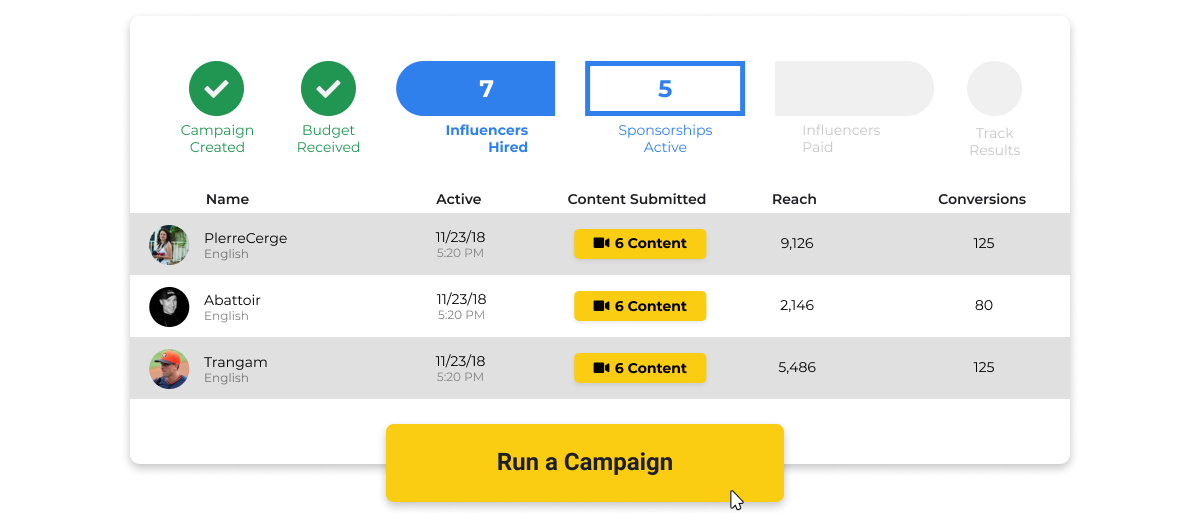
(Image: Powerspike)
Powerspike: Angelo Damiano, CEO
TNL: What led you to create Powerspike?
When we first started PowerSpike, myself and my co-founder Michael were working at an esports event organizer producing World of Warcraft esports tournaments on Twitch. While the events were incredibly successful, pulling in anywhere from 1,000-10,000 concurrent viewers back in 2014, we struggled to monetize the business due to rampant ad blockers and unreliable revenue streams such as donations.
We turned to brands and advertisers as a potential avenue to generate revenue, and ended up sending out 100 cold emails looking for a sponsorship opportunity, and I think we got about 2 responses back, both rejection letters! It was a pretty painful lesson in the nature of cold emailing, but it taught us an important lesson of just how difficult it is to find a sponsorship on Twitch even if you have really high viewership.
We took that lesson on the chin and decided to start PowerSpike to create a platform to make it easier for creators like ourselves to connect with brands and advertisers for sponsorship opportunities.
TNL: There are a million gaming/esports “influencer” companies out there. What makes Powerspike different?
There really are, it’s crazy how much the space has evolved in the past few years! I’d say there’s 3 key things that really differentiate us. First, we’re taking the standard influencer platform approach and flipping it on it’s head. There are so many platforms out there that give brands discovery tools, analytics, and a CRM for managing creators - but the truth is that the process of influencer marketing is extremely time consuming and without a full-time hire, almost nobody has time for that.
One of the biggest challenges PowerSpike solves is we’re making influencer marketing as simple as buying an ad on Facebook. As a brand, you can come to our platform and launch a campaign in 3 simple steps - our platform handles the day to day execution of the campaign while enabling brands to control what they really care about - targeting, A/B testing, campaign optimization, etc. It’s essentially programmatic influencer marketing.
Second, our team and our culture I really believe are a key differentiator. We’ve assembled a powerhouse team of former influencers, talent managers, developers, designers and marketers to build a product to solve the challenges which we’ve experienced first hand.
Third, we have one of the largest networks of talent in the gaming space - we work with over 23,000 creators on PowerSpike and partner with some of the biggest talent agencies in the world to ensure we can find an influencer who is perfect for every one of our client’s goals.
TNL: How easy is it for an influencer/streamer to sign up and get started?
It’s as easy as linking your Twitch account at https://powerspike.tv/register_streamer - once you’ve connected your account, you can start browsing our platform for relevant sponsorship opportunities, and our team will also proactively reach out to you if you’re a fit for any existing campaigns!
If you’re a creator, you can apply for sponsorships in one click and once you’re accepted, we’ll provide you with clear cut instructions and goals on how to succeed.
TNL: Where do you see this space and Powerspike growing in the next 5 years?
At an industry level, we’ve already seen a number of major Fortune 500 brands start to get their feet wet and test their ad spends in various ways on Twitch. Over the next 5 years in the industry itself, I believe you can expect to see a few things:
Major Fortune 500 brands will start jumping into gaming more aggressively, with their competitors soon to follow. We will start to see content wars between platforms. This is already happening in a big way, but it’s only going to continue and even increase. The creators and their agents are going to win here BIG time, with huge multi-million dollar payouts being offered to switch platforms. Eventually I believe the creators will likely go to wherever they have the best financial prospects and platforms will spend an absurd amount of money attempting to lock up creators or be taken over. The professionalization of the space will continue with more talent agencies and managers specifically niched to gaming arising to help creators succeed.
At PowerSpike specifically, it’s our mission to create the most compelling and streamlined destination for activating sponsorships within gaming communities. We’re dead set on building the best platform out there for helping streamers to succeed whether they are on Twitch, Mixer, YouTube, or other platforms.
Our five year plan is to create the world's first influencer exchange - a platform that takes the best parts of programmatic advertising and combines them with influencer marketing. We want to make influencer marketing an automated and scalable media channel that can support creators across every vertical, region, language and platform.
As you can tell, the esports sponsorship/patch on the jersey model has quickly transformed to not only include branded content, social media and very cool activations; the categories of dynamic advertising and influencer marketing could also have an impact on esports future.
In Part 2 of Esports Advertising 2.0, I’ll examine a few different players on the other side: analytics and measurement.
